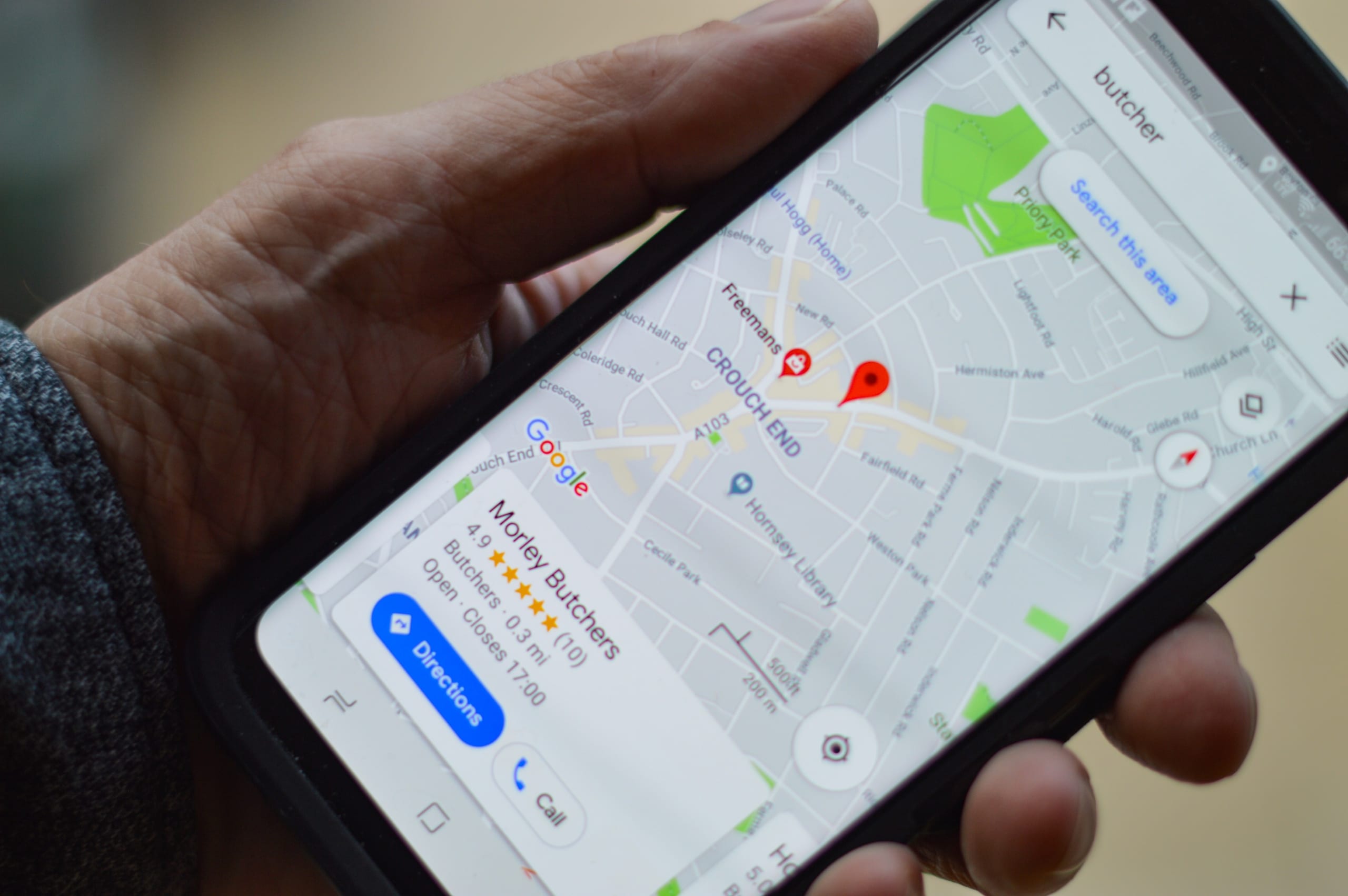Going Digital in Real Estate: How to Do It Right
The real estate industry is experiencing massive changes in the digital era. With new online technologies, businesses are improving the overall customer experience while also being more competitive. This means that it is increasingly important to stay up to date and find out things like what a title company does in Florida. In this article, we’ll talk about some of the ways real estate businesses can go digital and reap large rewards!
1. A New Education Landscape
Anyone interested in venturing into the real estate industry needs to be educated. This does not mean that you have to go to school and take a series of courses and get a degree. In this digital era, education is more affordable and accessible. For instance, you can take a commercial real estate course online to become more knowledgeable. Through online modules, you can learn at your pace while completing assignments on deadline.
2. Build a Website
Being digital in real estate is also possible by creating a website, which will help establish your online presence. This is an opportunity to promote the properties that you are selling and to build brand awareness. To build a great business website, start by having a simple, catchy, and easy-to-remember domain name. Make the website intuitive, user-friendly, and relevant. Offer something valuable to the visitors.
3. Use Search Engine Optimization Techniques
It is not enough that your business has a website. Many real estate agents probably have their websites as well. To stand out, pay attention to your search engine optimization strategies. For instance, you need to conduct keyword research to know the search queries your target market is using. This will make it easier to conquer the top Google search results.
4. Start an Email Campaign
Your online marketing strategies will not be complete without tapping the power of email. It is a valuable tool to connect with new leads and to nurture a relationship with your existing client pool. The open rate can be low, which is one of the biggest challenges for real estate companies. Find a way to make emails more interesting and engaging. One of the best ways to do this is through personalization.
5. Tap Social Media
Social media marketing is another good way to use digital trends to promote your real estate business. Facebook, Instagram, and Twitter are some of the best platforms that you can use. Consider the target audience to decide which channel is most effective in getting your message across. It is also crucial to ensure that you have engaging content for your social media strategies to be effective.
6. Host a Virtual Tour
Gone are the days when giving prospects a tour of the property you are selling could be done personally. Nowadays, you can do it virtually. By using digital technologies, it is easier to give your clients an idea of the property that you are selling. Using 360-degree cameras and 3D rendering are some of the best things that can help.
Digital technologies are changing the real estate industry. As mentioned above, from training and education to hosting a virtual tour, there are plenty of ways you can use the power of digital platforms to succeed in the real estate world.



 Equipping a business appropriately often proves to be one of the most important steps of all. When the furniture and fixtures within a place of business do a good job of supporting the activities that take place there, everything becomes a lot easier.
Equipping a business appropriately often proves to be one of the most important steps of all. When the furniture and fixtures within a place of business do a good job of supporting the activities that take place there, everything becomes a lot easier.

